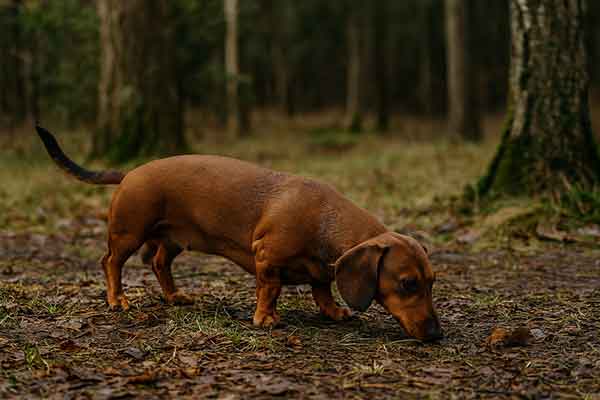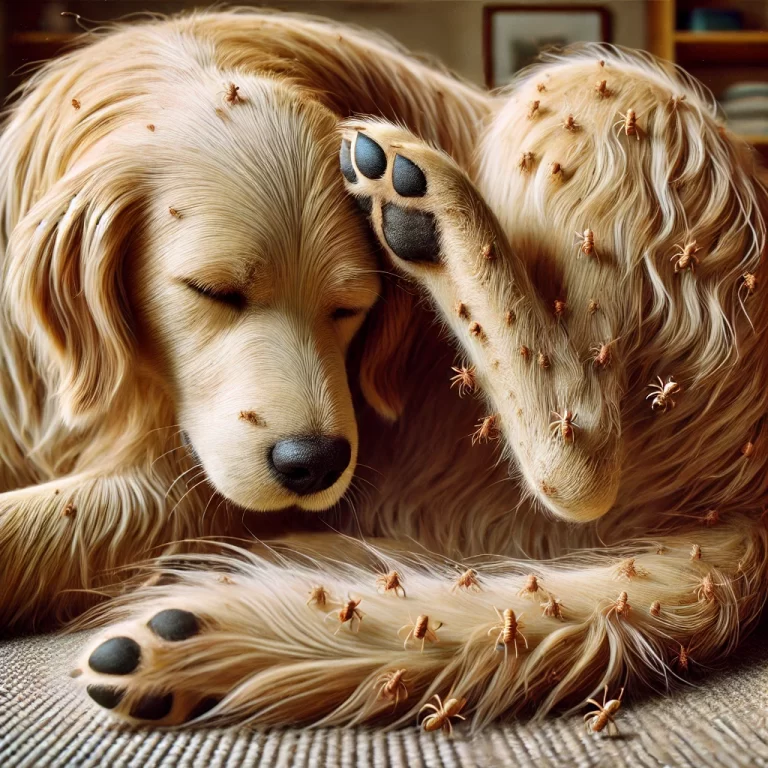What Were Sausage Dogs Bred For? The Fascinating History of Dachshunds
With their long bodies, short legs, and unmistakable charm, sausage dogs—formally known as Dachshunds—are one of the most recognizable dog breeds in the world. But have you ever wondered what sausage dogs were bred for? Their quirky shape isn’t just for show—it served a very practical purpose in their early history. In this article, we’ll explore the origins of the Dachshund, their original working purpose, and how those traits still influence their personalities today.
Table of Contents
- Origin of the Sausage Dog (Dachshund)
- What Were Sausage Dogs Bred For?
- Physical Traits Designed for Hunting
- Personality Traits Linked to Purpose
- Modern-Day Roles of Sausage Dogs
- Cultural and Historical Importance
- FAQ
- Conclusion
Origin of the Sausage Dog (Dachshund)
The Dachshund breed originated in Germany several hundred years ago. The name “Dachshund” literally means “badger dog” in German (dachs = badger, hund = dog). This name gives a direct clue to their original purpose—they were bred to hunt badgers.
The breed was first developed during the 15th century, but its formal standardization began in the 17th century. Selective breeding focused on shaping a dog that could fit into burrows and chase out or kill small but ferocious animals like badgers and foxes.
What Were Sausage Dogs Bred For?
Sausage dogs were primarily bred for **hunting burrowing animals**, especially badgers. They were designed to be fearless, strong, and agile enough to follow prey into underground tunnels. Their low-slung bodies, sturdy paws, and keen sense of smell made them the ideal underground hunters.
Main purposes they were bred for include:
- Badger hunting – their original and primary use
- Rabbit and fox tracking – for smaller versions of the breed
- Boar tracking (in packs) – in larger Dachshund variants
This breed’s bravery was essential for facing off with aggressive prey in tight, dark spaces. Despite their small size, Dachshunds are tough, determined, and surprisingly powerful.

Physical Traits Designed for Hunting
The unique shape of sausage dogs wasn’t just a random genetic fluke—it was specifically engineered for their working role. Here’s how their physical traits align with their hunting background:
- Long body and short legs: Allowed them to enter burrows and tunnels without getting stuck or needing to crouch.
- Strong, paddle-like paws: Ideal for digging through soil and chasing prey underground.
- Deep chest: Supports large lung capacity, crucial for stamina while tracking and fighting prey.
- Long, sensitive nose: A strong sense of smell helped track scents both above and below ground.
- Loud bark: Helped hunters aboveground locate them when they were inside tunnels.
Personality Traits Linked to Purpose
Dachshunds have unique personalities that make them wonderful companions—but many of their behaviors come directly from their hunting past:
- Bravery: They were bred to confront animals bigger than themselves.
- Independence: Hunters needed them to make decisions in tunnels without guidance.
- High prey drive: They may chase squirrels, birds, or toys with intensity.
- Loyalty and alertness: Sausage dogs often bond closely with one person and are quick to alert the family to strangers.
Though they can be stubborn, this trait also comes from their independent work ethic as hunters. With patient training, they become both loyal and clever companions.
Modern-Day Roles of Sausage Dogs
Today, sausage dogs are primarily kept as family pets, but their instincts haven’t disappeared. They still enjoy digging, sniffing, and chasing. Some modern roles include:
- Companion animals – They are affectionate, playful, and loyal.
- Show dogs – There are competitions and breed standards globally.
- Therapy dogs – Their size and temperament make them suitable in calm settings.
- Nose work and scent trials – Activities that stimulate their innate tracking abilities.
Though they no longer hunt badgers, their natural instincts make them a joy for interactive games, scent training, and puzzle toys.
Cultural and Historical Importance
Dachshunds have become cultural icons. From their connection to German heritage to their appearances in cartoons and social media, sausage dogs have carved out a beloved space in pop culture.
Famous owners of Dachshunds include Queen Victoria and artist Pablo Picasso. Their unique look and expressive personalities have made them the stars of many ads, films, and even parades.
FAQ
Why are Dachshunds called sausage dogs?
They earned the nickname “sausage dog” because of their elongated, sausage-like body shape. It’s an affectionate, informal term used worldwide.
Were sausage dogs used for hunting only?
Initially, yes. They were primarily used to hunt badgers, foxes, and rabbits. Over time, they adapted to other roles but retained their strong hunting instincts.
Are all Dachshunds the same size?
No. There are three coat types (smooth, long-haired, wire-haired) and generally two sizes: standard and miniature. Each was developed for hunting different types of prey.
Do modern sausage dogs still hunt?
Most don’t, but the instinct remains. Some owners train their Dachshunds for scent work or participate in Earthdog trials—a sport where dogs tunnel to “hunt” safely.
Are sausage dogs good family pets?
Yes, when socialized properly. They’re loyal, fun-loving, and protective. However, they can be stubborn and barky without proper training and stimulation.
Conclusion
So, what were sausage dogs bred for? These adorable canines were originally developed for a serious job: hunting fierce burrow-dwelling animals like badgers and foxes. Their unique shape, physical strength, and fearless nature made them perfect for the task. While they now mostly live as beloved pets, the instincts that once made them brave hunters are still alive and well today. Understanding their past helps us appreciate their quirky habits and train them with empathy and care.





